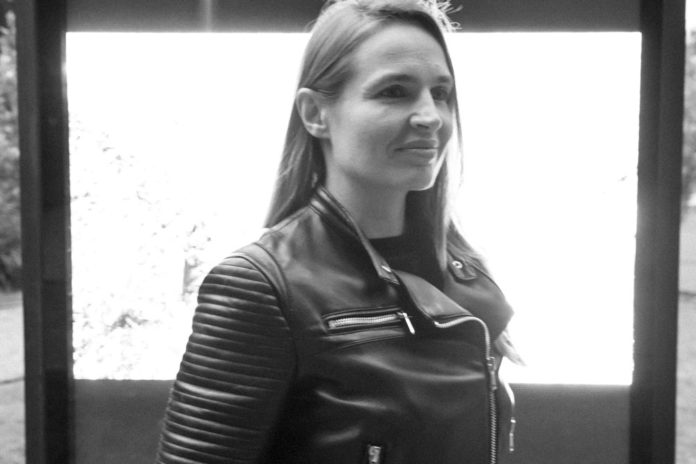The essence of human beings is to communicate. Since the scales have become national, regional or even global, we must redouble our efforts, especially companies, to maintain authenticity and mutual understanding. Some people have understood the challenges of nurturing business communication correctly while identifying the challenges to be overcome. This is the case of Nadia Léauté Legrix. With a dynamic creative spirit and an established multi-cultural sensitivity, Nadia founded BLEND INSPIRE to support companies in their quest to connect with ever more diverse customers from different cultures and sensibilities. It demonstrates the importance of culture with a capital C and the connections with corporate culture. This month, Nadia Léauté Legrix took part in our exclusive interview, which allowed us to take the time to emphasize the importance of social ties between individuals.
Luxury Activist (LA): Dear Nadia, you are genuinely a communicator. Where does this passion for Marketing, Communication and Media comes from?
Nadia Léauté Legrix (NLL): I first studied law. After a master’s degree in political science at La Sorbonne, I did a DESS in political studies and strategy at Sciences Po Paris. Initially, I wanted to work in a firm and was fascinated by political marketing. Then after a few forays into political life, I quickly preferred brand marketing and primarily studied the cultural influence of brands. I branched off into quality studies at Ipsos and then into strategic planning in an agency before joining the head office of L’Oréal Luxe in Levallois. I grew up in Paris at the end of the 2000s in a cultural, social mix where the best parties took place in the kitchens of apartments and artists and musicians mingled there; we debated philosophy and politics, it was the living room of Hemingway in the 1920s, and that made me curious and eager to mix things up.
I was born with the media, radio Nova, Canal Plus or the excellent program Paris Dernière by Frédéric Taddeï rocked my adolescence – Taddei on the cable channel Paris Première made discover, camera in hand, the improbable Paris of High luxury at underground techno evening. I have always loved getting off the standards, moving from one tribe to another, and being passionate about sociology, Bourdieu… I like to observe habits and socio-cultural dynamics. My father was a doctor but a great erudite classical and jazz music pianist; my mother forged relations between France and Brazil and nurtured an artistic side inherited from my poet grandfather. All these elements have undoubtedly contributed to my passion for communication and cultural blends.
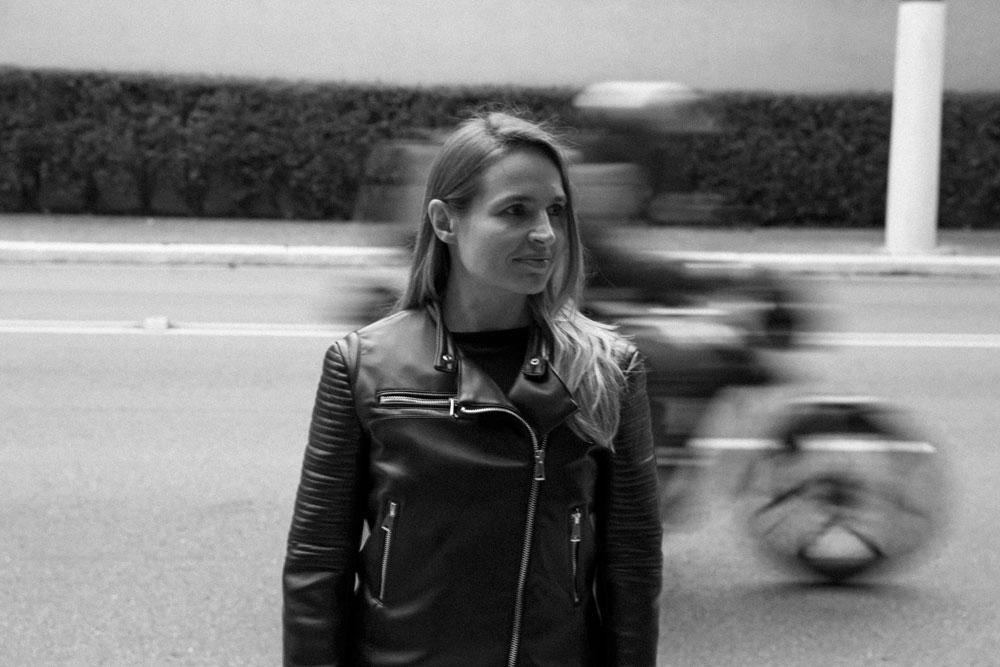
LA: Born in France, you have lived in Brazil for over 20 years. Why did you cross the Atlantic Ocean and develop a career in this country?
NLL: As a child, I told my parents I would live in a country other than France. My aunt was a hippie and had gone to live in San Francisco in May 68. I went to see them every summer from the age of 12, my uncle Bruce Beasley became a renowned sculptor who exhibited at the Guggenheim in NYC, and my many trips to the US have confirmed that my destiny would be elsewhere. As a child, my mother travelled to Brazil for her job and brought back concentrated caju juice and Gilberto Gil CDs. When I met my future husband on a plane a few years later – he was from French parents but had grown up in Rio – we decided to leave for Mexico after a year of living together in Paris, which would be a preliminary step in establishing himself. Then in Brazil. At the time, I was in charge of digital for the Cacharel and Helena Rubinstein brands at the headquarters of the luxury products division at L’Oréal.
My husband is offered a professional opportunity in Mexico, and my boss at the time, Sylvie Champenois, an extraordinary woman, pushes me to have interviews there, I go on a plane, and I have an interview with Patricio Walburg, then director of the DPL Mexico- who will then become VP Worldwide of Lancome. He gave me my chance in the local market; he became a mentor and friend I still cherish. After three years at DPL Mexico on brands like HR and Yves Saint Laurent, where I had the chance to hold several meetings with Nicolas Hieronimus, today the group’s global CEO, in the evening, I learned Portuguese in a hurry by listening to Ivete Sangalo and literally swallowing the novelas. I send 100 cvs; I take a flight to São Paulo. I have two interviews a day for a week, and João Rozario, a visionary and ultra-talented marketer – today, marketing director of Southern Europe of Pernod Ricard – gives me my chance. I begin on the group’s whiskey portfolio, focusing on the Nordeste region. I discover Brazil from its most beautiful angle with the carnival of Salvador.
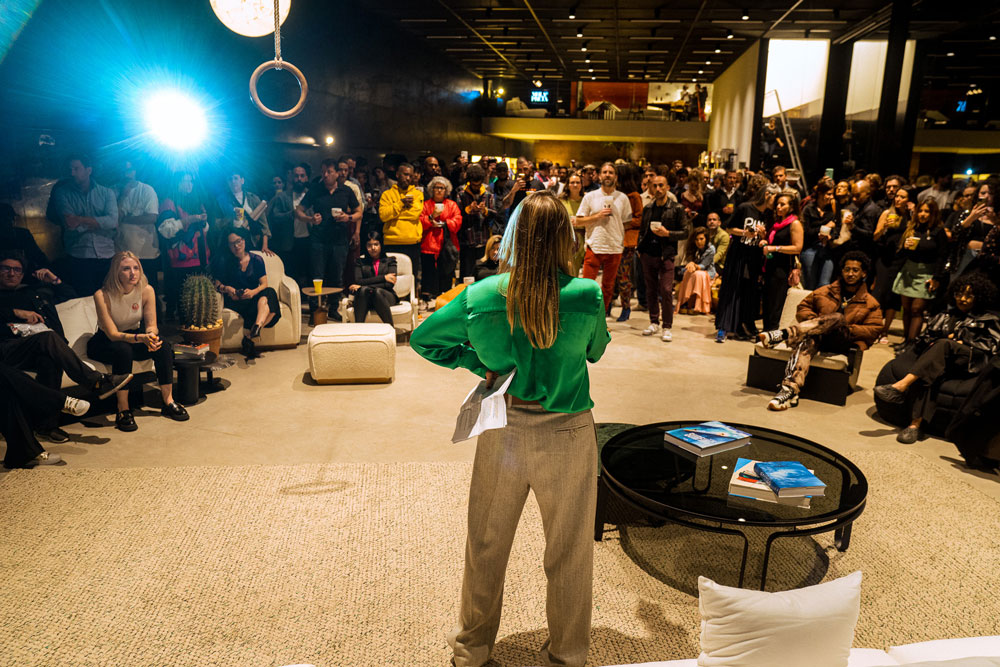
LA: As a Frenchwoman in Brazil, what do you find unique in this country, and how do you view the society around you?
NLL: I blended perfectly with this country from the first trip. When Brazilians, bewildered that I am originally from Paris, ask me why I chose São Paulo to the detriment of the City of Light, my answer is simple. First of all, when you land in Brazil, you become a Rousseauist again; the Brazilian people are eternal optimists; as proof, attend the morning ritual of cordial greeting between Brazilians ‘Tudo bem? How are you?’ the response is invariably the same: ‘Tudo bem e você?’ Everything is fine and you? Even in the deepest disarray, the Brazilian will choose the positive and ultimate spiritual proof he inquires about the other; the Brazilian people are happy for the other; they have nothing, they beg, but they wish with a disconcerting authenticity the best days for you. And these little details of life make everyday life lighter and more suitable for entrepreneurship, where iron morale is required to take the steps.
São Paulo is the NYC of Latin America, a true creative blend where art and music are bubbling. Since childhood, I have been driven by social justice, and I wanted to get into politics to change the world and help the poorest. When I arrived in Brazil, I discovered the raw poverty and the glaring inequalities. I quickly realized that I have a duty towards this country which gives me so much, a commitment to connecting those who do not have access, those who are not born at the correct address. Indeed, faced with a cruel lack of investment in education in a country undermined by endemic corruption, if you are born in a favela, social mobility is almost impossible; hence Blend’s mission to be a social mobility for those who change the world of tomorrow because without a network we can do nothing.
LA: You created BLEND INSPIRE in 2019. What were the founding ideas of such a project? Why this change of course instead of continuing your career within prestigious large international groups?
NLL: I knew early on that I would take the path of entrepreneurship in large corporations. I always wanted to go further, innovate, and challenge the already pre-established tracks; I have always been a workaholic, a preventer from going around in circles. I wanted to test, revolutionize, reshape and blend the concepts. The corporate world brought me a lot, gave me a rigour of reasoning, and allowed me to meet extraordinary people, it was a school of branding, but I wanted to go further. Indeed, the quest for meaning, the need to leave a trace in this world, and the mission of impact began to haunt me more and more. While having a life as an executive woman in luxury homes, I volunteered in NGOs for refugees and then for the homeless; I went to the favelas on weekends; I wanted to know about new projects and how we could change the lives of idle kids with art, music, I had various friendships with the world of street art, music.
I’ve always had this blend in me, the corporate/business on one side and the more underground dedicated to culture on the other. The idea is to impact those who see the world differently. Over the years spent in large groups, I felt the lack of the second blend, and leaving my last position, I decided to bring these two worlds together by carrying out an event to reveal talents in art, music and impact. The event was a success, and one of the people in the room asked me if I could do that for his company. I win my first project; we identify a social project for this first client’s company in line with their mission, an artist and a musician. The pandemic comes in; we pivot to an interactive virtual event model, and the success is unheard of. We allow employees tired and depressed by excessive zoomania to make virtual incursions into artists´ studios; we take them to favelas to listen to social entrepreneurs or even to studios to listen to up-and-coming musicians on the metro or in the street.
We conduct events to weld the corporate culture for Broadpeak, Technicolor, Nestlé, Ernst and Young, etc. The blend works, I realize my wish, the world of art and culture stopped in the middle of COVID gains new theater employees and the isolated, reclusive employees of the organization rediscover a lost connection through a common emotion provoked by a painting or by a project that moves them. Via zoom, we connect worlds that do not brush against each other in real life but love each other without knowing it. It’s cardboard, and this model of ´Blend My Culture´ is today a flagship product of Blend Inspire.
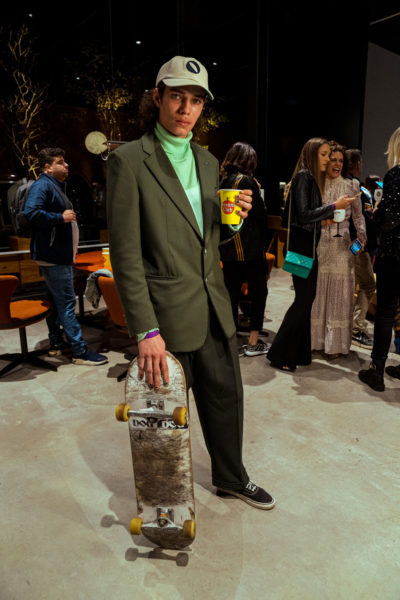
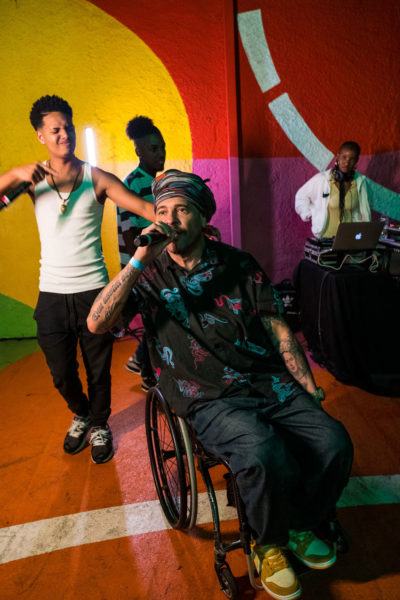
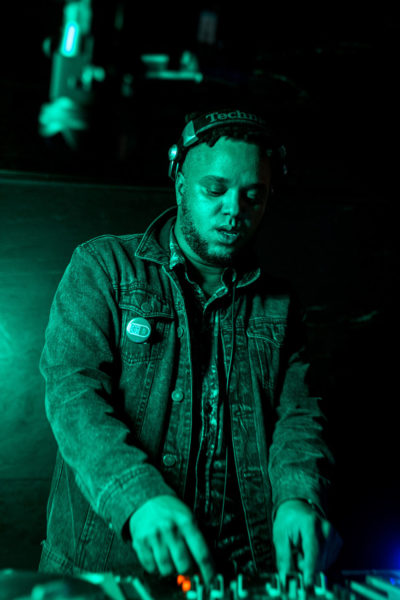
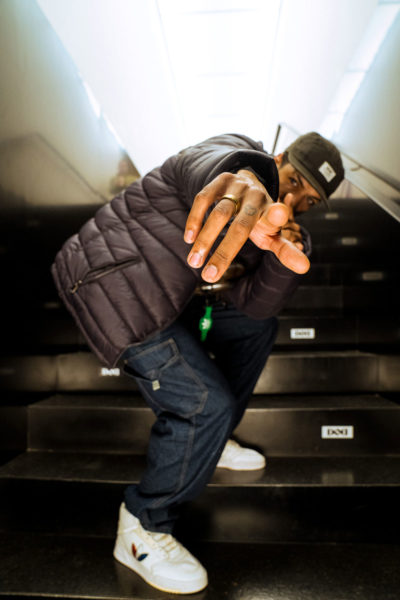
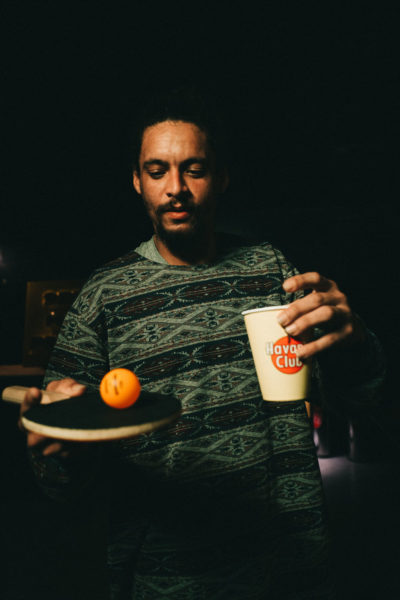
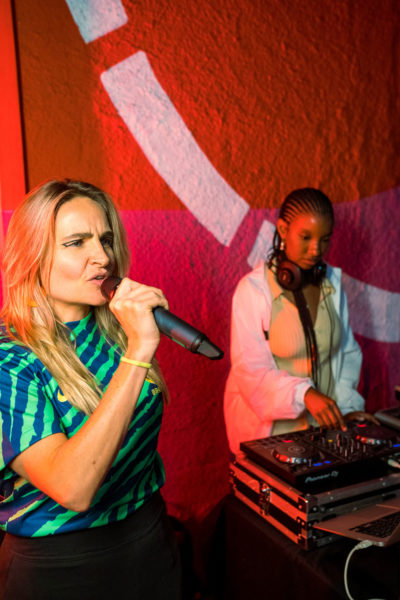
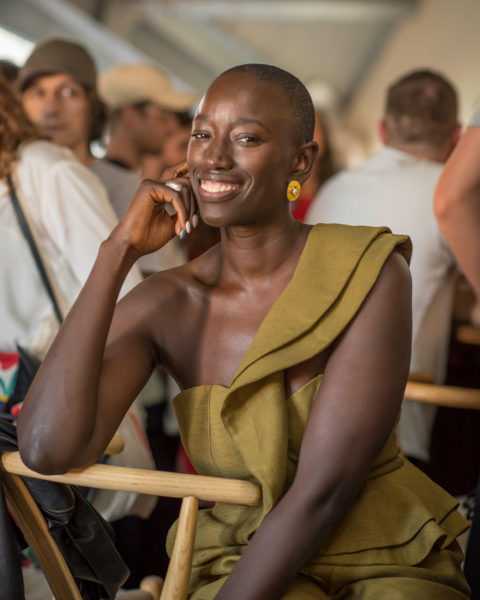
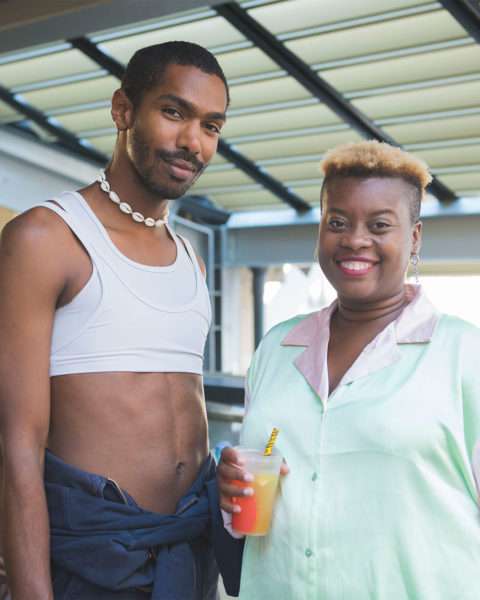
LA: How are connections, corporate culture and diversity assets in corporate communication?
NLL: The company, like any human being, needs oxygen. The corporate world closed in the 90s and early 2000s on similar profiles of young people from high schools and from identical social backgrounds. But the consumer is diverse; we cannot understand the sociology of the end customer by being surrounded only by similar profiles. Innovation comes from diversity comes from a confrontation of points of view. This diversity of vision has nourished all the major cultural trends. Surrealism is Dali, who challenges Freud on his interpretation of dreams; it is Picasso who reviews the costumes of Cocteau’s plays; it is Joséphine Baker, a black woman who renews the music hall of conservative bourgeois who favour inter-self. I saw in a company like Pernod Ricard how a strong culture of creators of conviviality inherited from the brilliant Paul Ricard made it possible to unite the teams around a joint base. But today, with a hybrid work model, the culture is increasingly challenging to incorporate. It often remains reduced to a PowerPoint slide in Times New Roman listing the company’s values that one receives during his ‘onboarding’ (often by email because nomadism requires more and more recruitments to be made without any physical interaction). The company’s culture and values remain the knowledge of CODIR members who know and understand the expected behaviour. Sometimes even the CODIR has different views on the same values. Hence our mission is to use the culture of society to forge the culture of companies.
“The company’s culture and its values remain the knowledge of CODIR members who know and understand the expected behaviour. Sometimes even the CODIR has different views on the same values. Hence our mission is to use the culture of society to forge the culture of companies”
Nadia Léauté Legrix – Founder of BLEND INSPIRE
LA: You have built a network of talents called “Blenders”. What does that mean, and how do you define a good “Blender”? How is it attractive for companies to collaborate with such people?
NLL: We have a network of 200 talents between São Paulo, Paris, NYC and London in culture and impact. Our criterion is talent, and a blender is an individual who brings a different vision to one of the 13 disciplines that we house within Blend. We have Marcio Kogan, a cutting-edge modernist architect, the next Basquiat, who lives in a favela, a genius who develops an unprecedented solution for renewable energy. This socio-environmental activist creates vegetable gardens in ghettos or an up-and-coming street artist. We are looking for those who are not in our Instagram timeline, those who create the culture of tomorrow, those who set trends, and those who escape algorithms. We also recruit a lot on the street. For example, we revealed MC Peninha, a rapper who chained free flow in the metro and who today carried out projects with major brands such as Assai or Pernod Ricard or the crew of CohabBoys dancers who slept on the streets and who made the opening of an event for 500 employees of a consumer goods giant.
The traditional advertising model is running out of steam, a model paid to claim the merits of a product; Generation Z no longer wants it; they want authenticity and meaning. Through our network of 200 blenders, we help brands to position themselves vis-à-vis society to retain teams (Blend my culture) or customers (Blend My brand). We understand what the brand’s problem is, what message and what audience it wants to reach, and then we identify the talents online with this message, the same for internal programs. When we give the floor to Gean, a favela-based motion design genius in Rio, in a web series, we made for the launch of Evo, the Intel brand connects with a highly legitimate creator for this creative audience. What’s more, it achieves a social impact. Three years later, Gean is now working with the biggest brands, and Intel is outperforming on these sales and lead generation KPIs. When you take a virtual guided tour of Rimon Guimaraes’ studio that tells how he blends digital with a pioneering spirit, Pernod Ricard employees understand all the better the type of behaviour expected by the company. The company saves in turnover and performs better on internal climate surveys.
On all our projects, we are very oriented KPIs; we measure all our actions and work in partnership with an edtech which allows us via WhatsApp to measure brand awareness in the case of branding projects or the cultural fit in the case of the programs of culture within companies. Whether for brand positioning/Customer experience or internally for employee branding, Blend is today the most effective solution for transforming a company’s commitment into action through a network of those who create the culture of tomorrow.
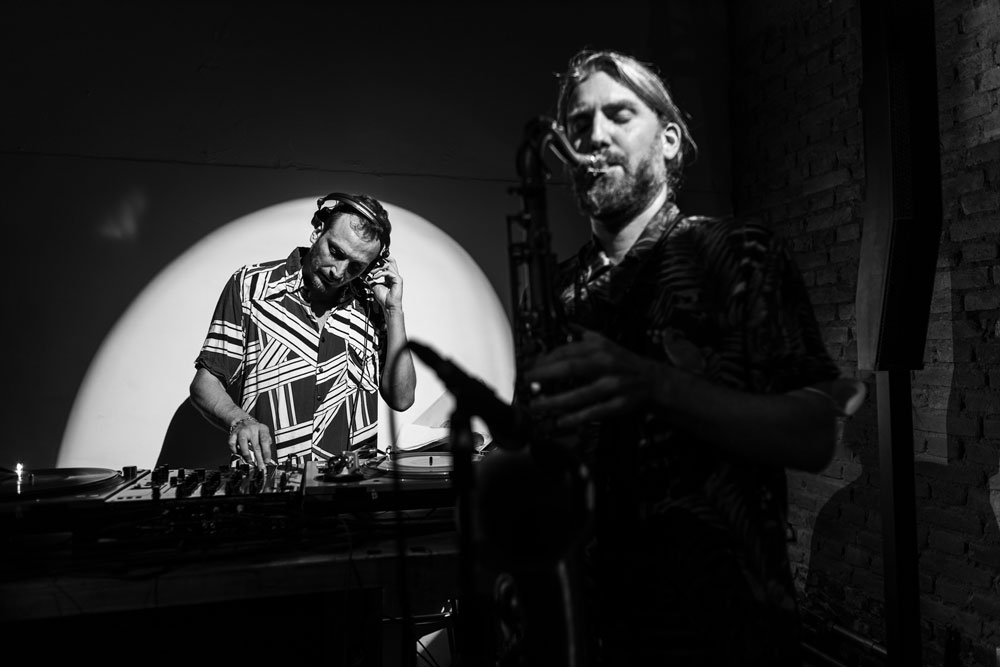
LA: Where do you start when a company or organization wants to work with you? What are the first questions to ask?
NLL: Potentially, any company can be a client of Blend Inspire. For our Blend My culture program, the questions are ‘What are you doing today to retain your talent beyond financial tools? How do you ensure an understanding of your corporate values? How do you oxygenate your teams in search of constant innovation? How do you materialize your ESG compromises for your employees? What is your employer branding KPIs? On the branding part, the question is, ‘how do you communicate about your product launches beyond the traditional influencers and headliners? What is your contribution to society, and how do you share it? How do you retain your key audiences B to C or B to B? From this diagnosis, we manage to draw 360 strategies to meet the KPIs of both marketing and HR directors, even if often our best brand advocates remain CEOs who, more than anyone else in the organization, have understood the importance of cultivating corporate culture with internal and external stakeholders.
“The traditional advertising model is running out of steam, a model paid to claim the merits of a product; Generation Z no longer wants it; they want authenticity and meaning”.
Nadia Léauté Legrix – Founder of BLEND INSPIRE
LA: You launched BLEND INSPIRE in Paris in 2022. What were your motivations for doing so, and how do you envision this new chapter?
NLL: In fact, we have organized a Parisian edition of our proprietary event, the Blend Club, where we reveal the talents of tomorrow in culture and impact—a point on the Blend Club whose inspiration is twofold. In terms of crowd, we bring together the investment banker with the street art Rasta artist in the line of studio 54 in NYC, where Warhol and Basquiat raged or even the Palace in Paris in the 80s. Regarding content, we are inspired by impact clubs like The Conduit in London, which aim to bring together the changemakers of tomorrow. Today Blend remains profoundly global, and we have already developed projects for French companies such as Broadpeak. Our wish is to intensify our activity in Europe.
LA: To date, companies have never had so many communication tools at their disposal. Why is it so difficult to convey an exciting story-telling to their audience?
NLL: The difficulty for brands is accessing these emerging talents in a universe saturated by influencers in search of legitimacy. The problem is not the tools. It’s the content and the characters which are not the ones to achieve identification with the key audience. The difference of Blend Inspire lies in the power of the ‘curator’, in this capacity to detect legitimate figures to speak, for example of regenerative agriculture or biomimetics in the case of Nestlé with whom we transformed a drug point in a favela into organic vegetable garden through the figure of a social entrepreneur Sandro Testinha who uses skateboarding to integrate young people from the neighbourhoods.
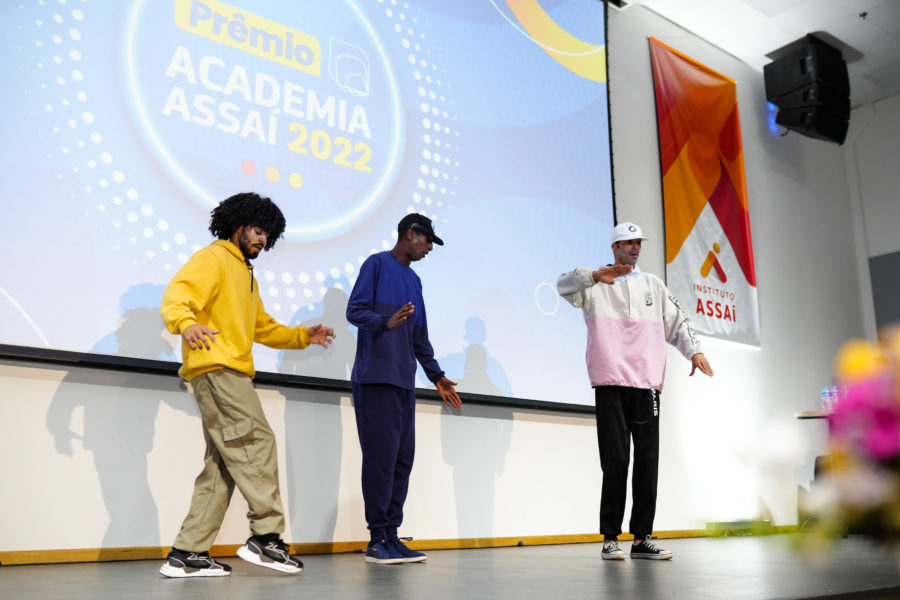
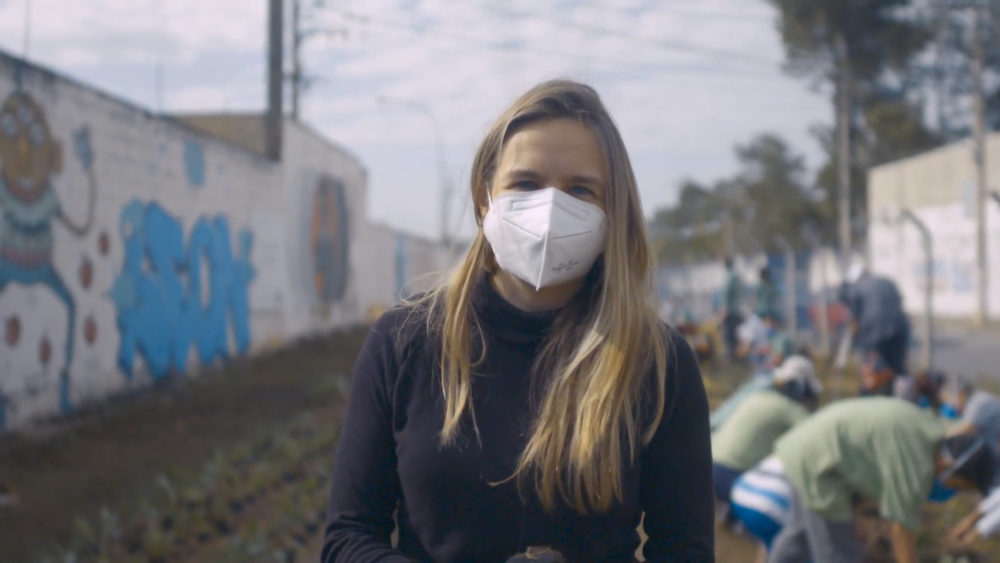

LA: Entrepreneurship and becoming independent often requires a lot of courage. What were the difficulties and essential things to consider at the beginning?
NLL: When you lose your job title, 20% of your WhatsApp disappears, which is an excellent filter: who was with the director of a major luxury brand and who was present for the person Nadia. But over time, the network becomes much more prosperous, entrepreneurship fascinates, and today the entrepreneur’s network is much more varied than that of the corporate woman. You have to reorganize financially, and you also have to reorganize time. Entrepreneurship is time-consuming. With two little boys, it was a real challenge. Having a partner who understands the process is vital. But the most important thing was to get started. My advice for those who hesitate, read “Lean start-up” by Eric Ries urgently. Identify a problem to solve (in my case, it was the lack of oxygen in large companies and the difficulty of being culturally relevant for collaborators and customers). Achieve a Minimum Viable Product MVP (I started with an event to reveal talents in art, music and impact. I tested the virtual model in B to C during the pandemic, and then companies bought this virtual event format interactive). Learn lessons, learn to scale (the original blend online event has become Blend my culture, a program of virtual and face-to-face events broken down into content. As for our online B to C model, today it is the Blend Club, a face-to-face event for our ecosystem, which is our business card) and pivot (post-pandemic, we took off with Blend My brand by offering new plug-and-play content solutions at a lower cost than traditional ATL agencies with new emerging talents).
LA: Can you tell us something about yourself that few people know that is worth mentioning here?
NLL: My secret to staying “focused” is practising Ashtanga yoga religiously every morning at 7 a.m., followed by about ten minutes of meditation to visualize my day and what I want to achieve. I have an extremely eclectic musical taste that ranges from jazz/reggae/hip hop to classical music/drum and bass and house. I have an addiction to books, I read 2 or 3 simultaneously, and I’m a fan of podcasts with interviews with entrepreneurs like Monocle Entrepreneurs or Génération Do It Yourself.
LA: What can we wish you for the future?
NLL: May Blend Inspire become the world’s most prominent culture and impact movement, and may we become a culture and impact LinkedIn 2.0.
Nadia is an inspiring and inspired woman. He is a great person who puts heart and passion into his work. More than a job, it’s a mission. With BLEND INSPIRE, she rewrites the society of tomorrow and places it at the heart of corporate story-telling. In a quest for authenticity and innovation, this becomes a real creative force, a melting pot of talents and ideas.
José Amorim
Information sourced by the author for luxuryactivist.com. All content is copyrighted with no reproduction rights available. Images are courtesy of Nadia Léauté Legrix for illustration and promotion purposes of this article only.
